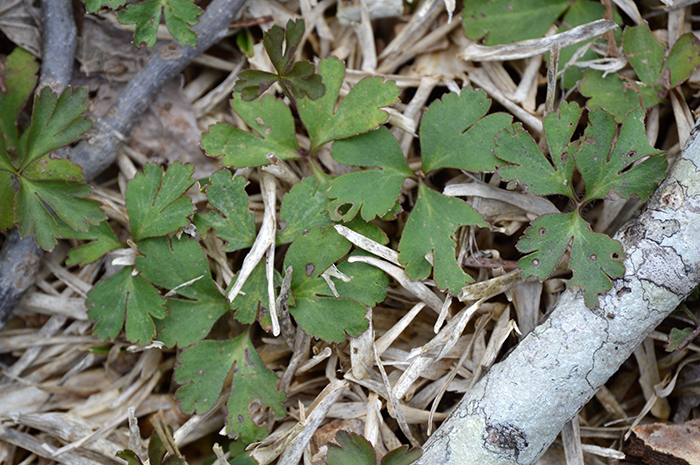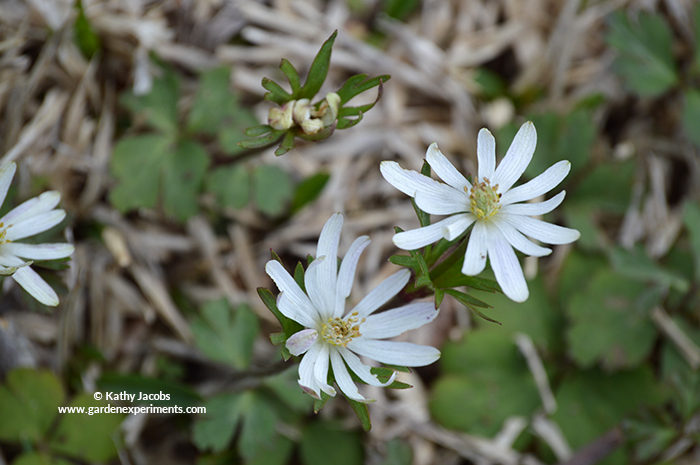The windflower, also known as Carolina anemone or prairie anemone, produces small white flowers and can be found in fields, lawns, and open areas. It’s scientific name is Anemone caroliniana and it is in the buttercup family (Ranunculacea).
This wildflower blooms as early as February and may continue flowering until April. The flowers have 10 to 20 sepals and are borne on a purplish stem that may turn green in bright sun.
Native Range of Windflower
The windflower is native to the southeastern and central United States from Texas east to North Carolina and as far north as Minnesota. It can be found growing along the edges of woods, along roadsides, and in grassy areas. It is a perennial.
This flower actually has no petals – it is the sepals that provide the components that make up the flower. While the one I cam across has white sepals, the flower can also be blue or purple-colored.
Wildlife Value of Windflower
There isn’t a highly valued wildlife plant although white-tailed deer may eat the leaves. Bees and butterflies will feed on the nectar of the plant and birds may eat the seeds.




